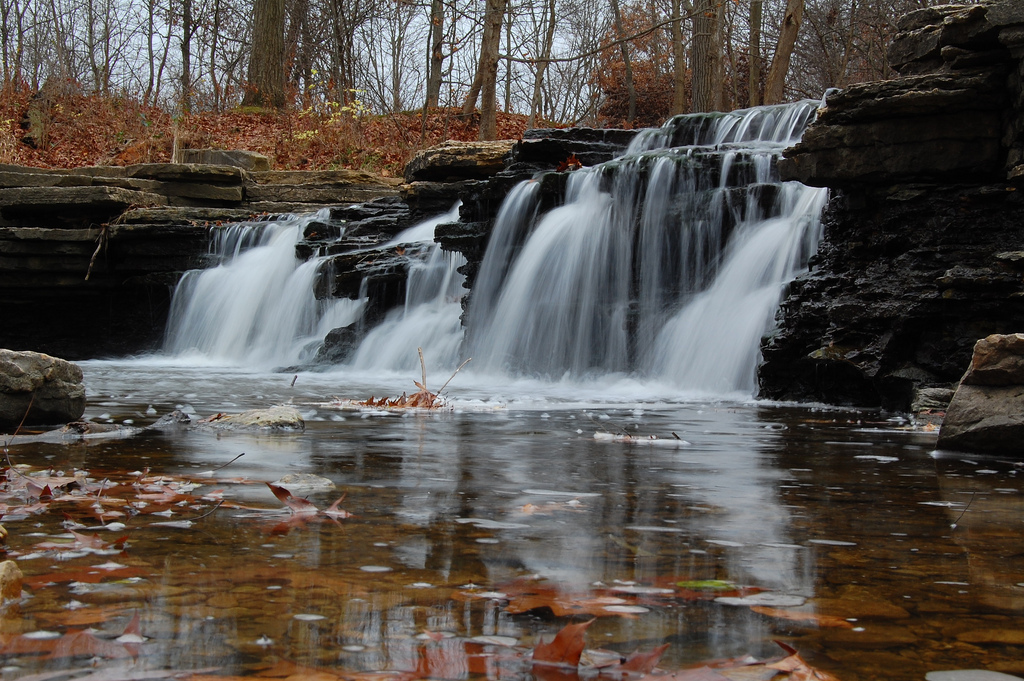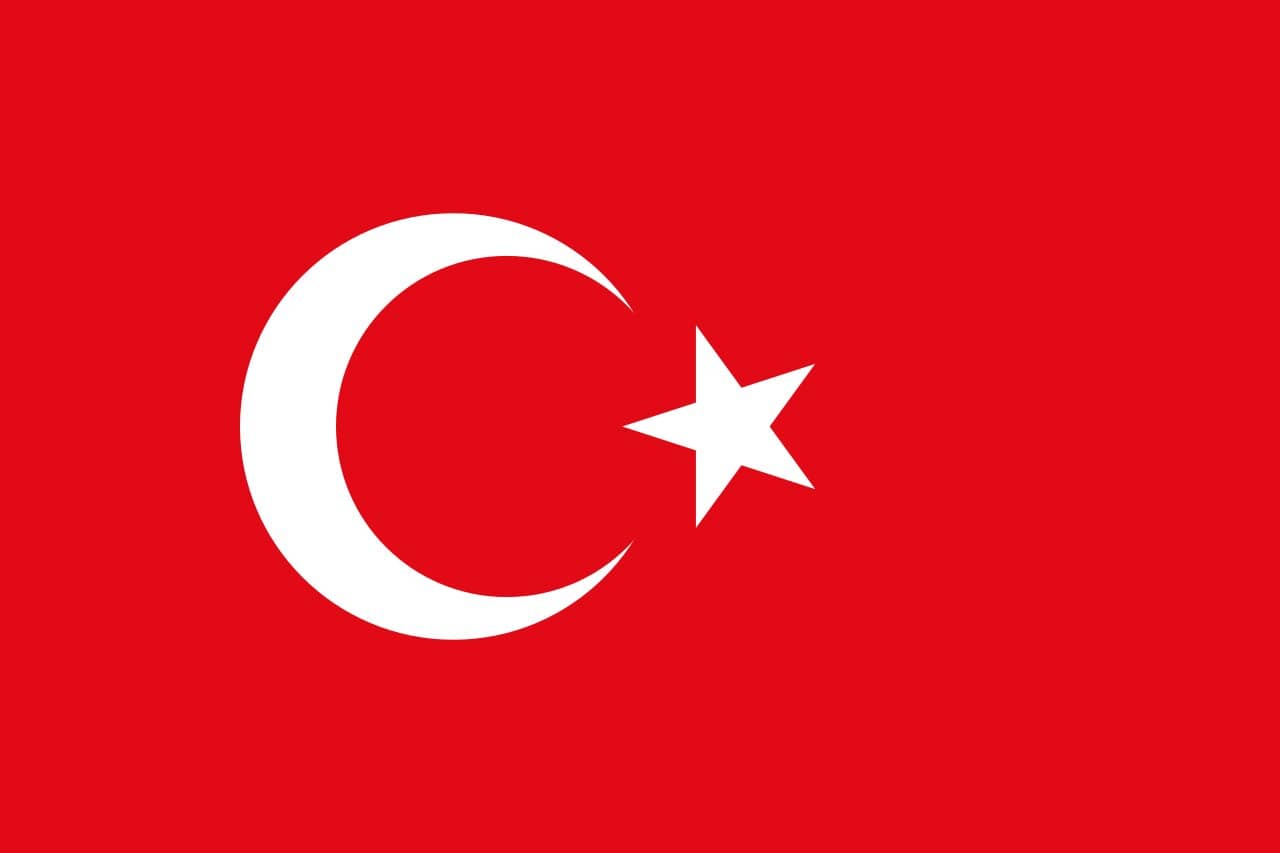Increasingly cutting tool manufacturers are coming to Vapormatt as they want even greater control over their edge preparation processes.
With EMO only a few weeks away it seems timely that I shed some light on the importance of control when it comes to applying more challenging radii that are commonly known as “waterfall” or “trumpet” hones.
To date most of Vapormatt’s edge preparation has involved standard and waterfall hones. Manufacturers who ask for waterfall hones are typically dealing with very rough materials where a heavy cutting action is required. By preparing the edge so there is a larger radius on the top of the tool performance is drastically increased. This is a different application to standard edge hones where a high tool life is critical.
However, in order to create the recipe for the desired radius it is important to understand the role that K-factors play in both “waterfall” and “trumpet” hones. The K-factor is a formula used to determine the difference between the clearance surface (Sa) and the chipping surface (Sy). Any K-factors less than 1 will give a waterfall hone whilst anything over 1 will be a trumpet.
By altering gun angles, pressures, ranges, temperatures and media a wide range of hones can be achieved. However by offering control of these variables through automation on continual monitoring Vapormatt can provide some of the world’s leading wet blasting solutions for edge preparation.
When compared with alternatives the Vapormatt process has been found to be a leading solution for those looking to maintain consistency in their results. Vapormatt’s latest innovation allows users to quickly and easily change recipes to achieve a variety of waterfall and trumpet hones.
If you are keen to improve the quality of your edge preparation we will have a number of tooling specialists available at EMO to discuss your requirements. However, if you cannot make the show we offer a sample processing service that is tailored to your own needs.























